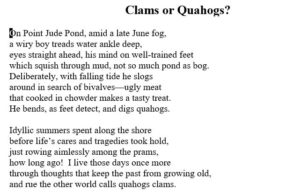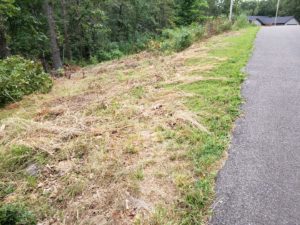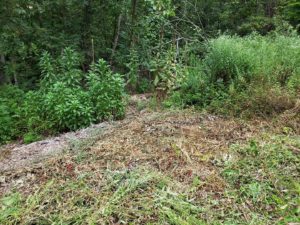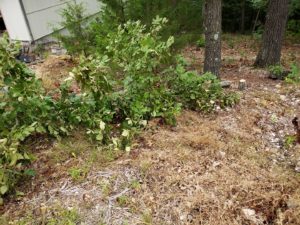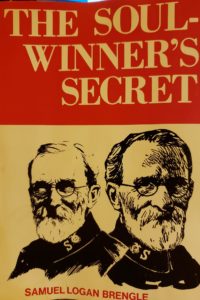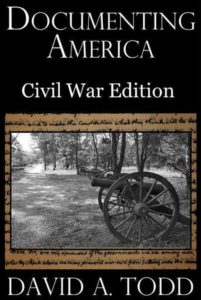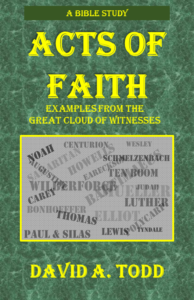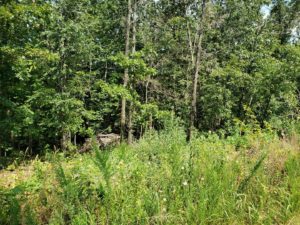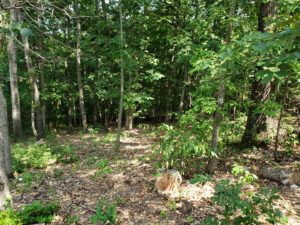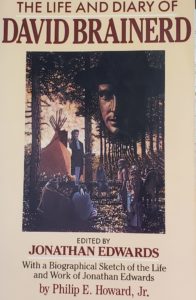
Well, I’m late with my post today. Often I write my Monday morning post sometime during the weekend and schedule it for 7:30 a.m. Monday. Alas, that didn’t happen. My Saturday outdoor work was interrupted by rain, so I worked inside. Besides the usual clean-up, such as dishes, vacuuming, kitchen counters, laundry, decluttering, I worked on the checkbook (yes, I still keep the checkbook and make sure it’s correct to the penny) and budget. I then switched off to continue some research into our church’s centennial book.
As I’ve said before, it’s complete as to the writing. Well, almost complete, I have one more interview to do, and I decided I wanted to add one small section. Photos are something the committee will help me select.
One task I have taken on concerning church history—well, two tasks I suppose—is expanding the list of charter members. From history passed down, we know we had 63 charter members back in 1921. Alas, the names of only 12 were recorded. In fact, the church didn’t establish a record book until almost 3 1/2 years after they started meeting. Fortunately, the pastor at that time wrote the names of all who were then or who had been members before his coming. It is about 170 names. Of those 170, 63 were charter members and the others what I call “early members”. I decided to take on the task of figuring our who the missing 51 were.
I delayed that because I knew it was going to be a huge task. I was right. I established some criteria, researched the names, and was able to identify 32 people who I thought could be added to the 12 known charter members. I passed that list two three different people to check the names and see what they thought. Yesterday afternoon I met with two of them for nearly three hours. We went over every name on the list. Most of the names they were not able to rule in or rule out. One family they ruled out, being pretty sure they joined a little after the church began. One other family they added, being sure, from church lore passed down, that they were in fact charter members.
So where does that leave me? I have 12 known charter members, 34 probable charter members, and 42 possible charter members. The rest of the ±170 I have ruled out based on the research criteria I’ve set. The 12 + 34 add to 46, leaving me 17 still to be determined. Somehow, if I am to be successful with this task, I need to decide which 17 of the 42 were most likely charter members. That is my current research task.
One related item I’m working on is cross-checking that old record book to make sure I didn’t miss any names or any clues. I’m also working on documenting my research better than I have thus far. It occurred to me that some future historian will write another church history, maybe at our 150th anniversary. I want that historian to have confidence in my research. So I’m going back over every family, every name on that early members list, and doing the research over, but this time documenting everything I find in a Word file. I’m being meticulous. It’s slow going. Yesterday evening I documented the one family added to the list of probable charter members. There were four or five in the family but only the parents were on the early members list. They are now fully documented and added to the charter member list as “probables”.
While this is tedious work, and will take me a couple of months to do, It is also quite satisfying. It’s a mix of detective work and genealogy. Once research is finished, it will give way to writing. I have a section in the book giving the 170 names on the early members list, a section I will have to rewrite once the research is done.
Will it ever be done? Just as I finished my afternoon research session, I took a look again at the “H” page (since the next family I’ll do begins with an H), and realized I may have misinterpreted what that pastor wrote long ago and have to add some more H names to the early members list. I’ll do that happily, to be as accurate as I can.
Of course, I am hoping to return to creative writing at some point, more than just sneaking an hour or two of it in from time to time. The end is in sight.

